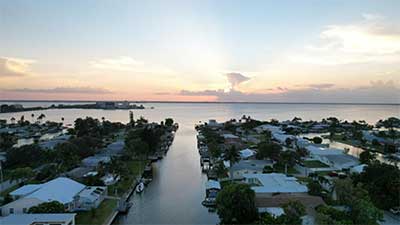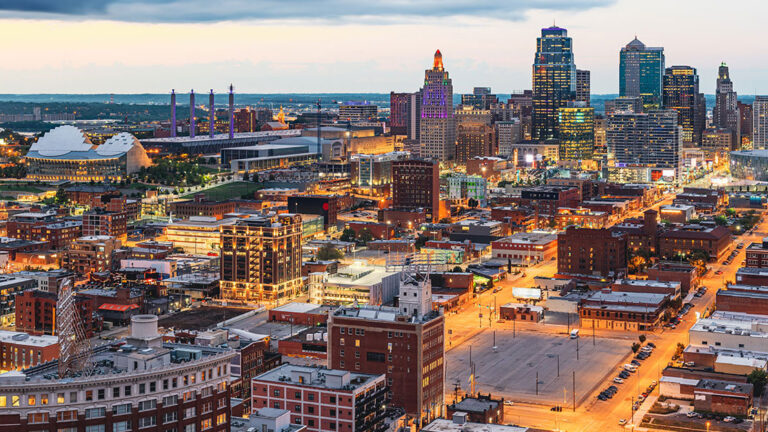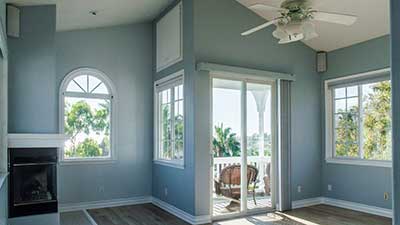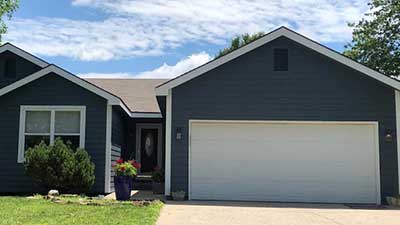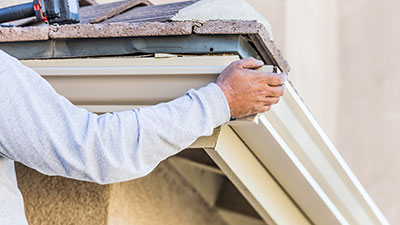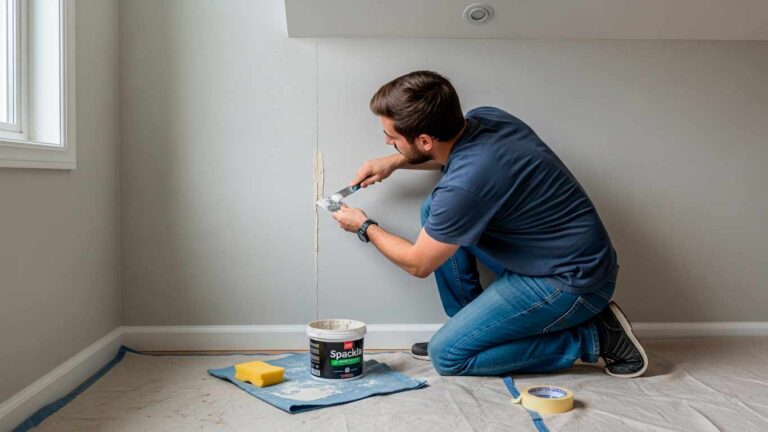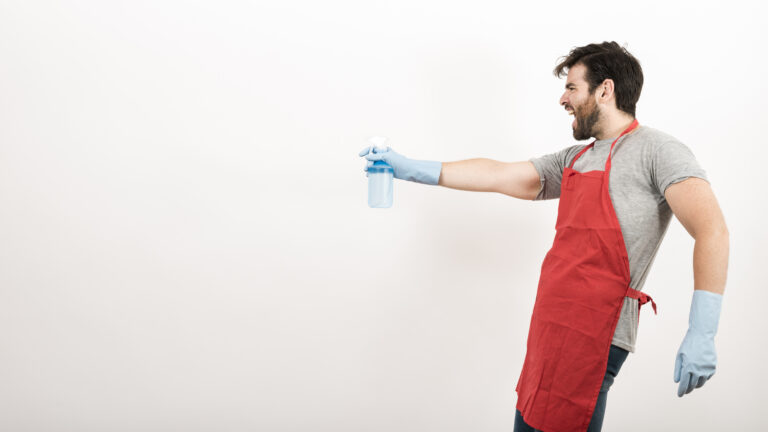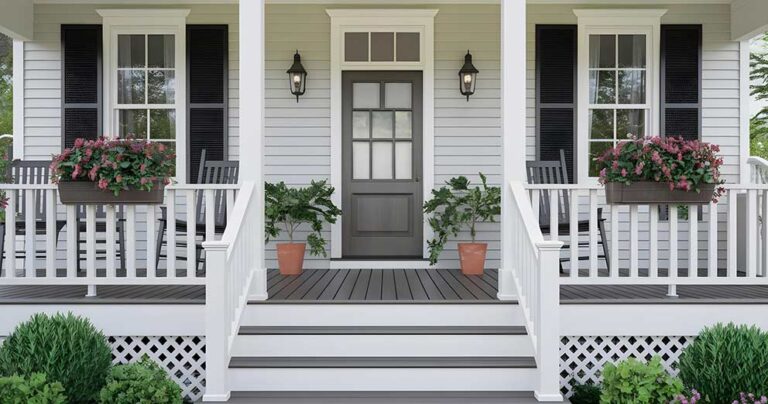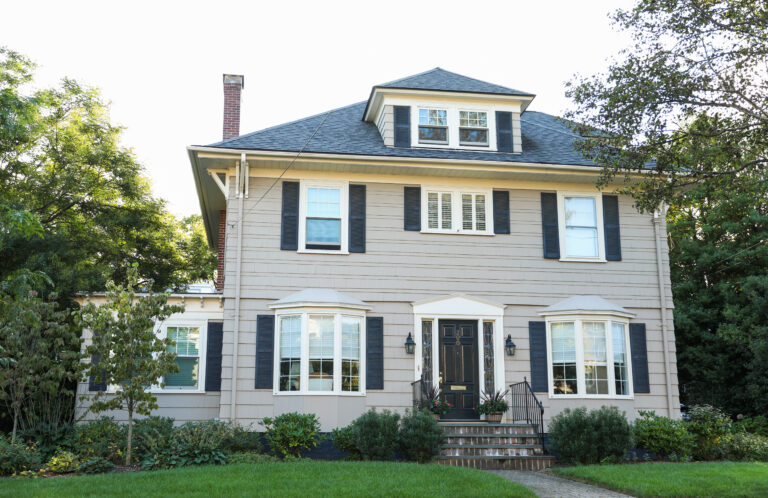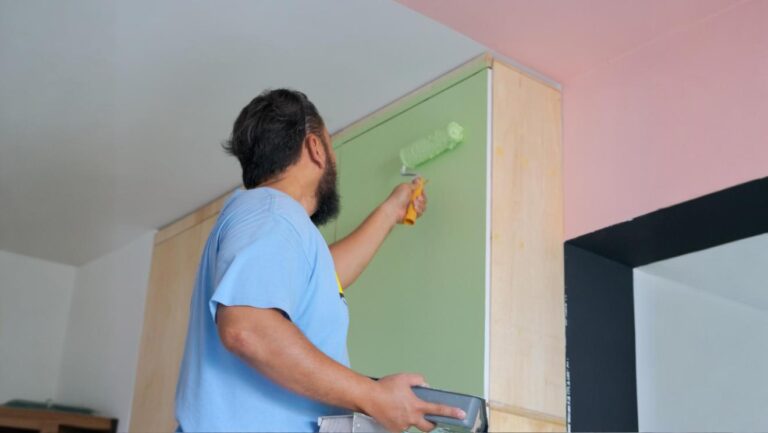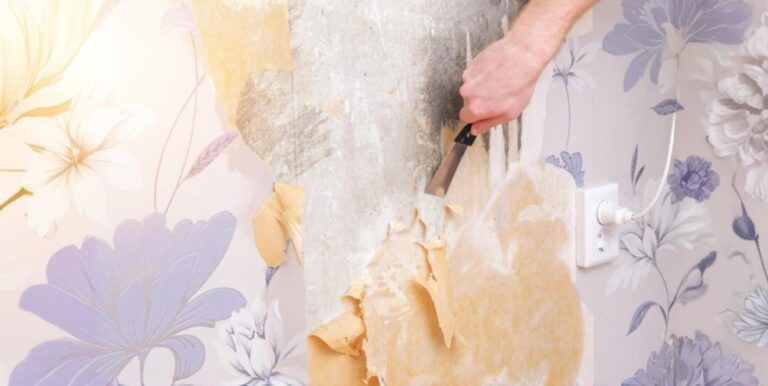Paint cracking is a common and frustrating issue for both homeowners and painters. Not only does it ruin the look of your walls, but it also points to deeper problems that need fixing.
Understanding why paint cracks can help you prevent and fix it, ensuring your paint job lasts longer and looks better.
Key Takeaways
- Using low-quality paint with insufficient pigments and resins increases the risk of cracking and peeling.
- Poor surface preparation, including not cleaning surfaces properly, prevents the paint from adhering well and leads to cracks.
- Skipping primer or using the wrong type of primer can result in peeling paint and cracks, so proper priming is essential.
- Extreme temperature fluctuations cause paint to expand and contract, leading to cracking over time.
- High humidity and moisture levels weaken the paint film, causing peeling and cracks, so controlling indoor humidity is important.
- Poor painting techniques, such as applying too thick a layer or not allowing sufficient drying time between coats, often result in cracking.
Causes of Paint Cracking
Several factors contribute to paint cracking, including environmental conditions, improper surface preparation, paint application, and paint quality.
Temperature Fluctuations
Extreme temperature changes cause paint to expand and contract, leading to cracks. Exterior walls and attics often experience these fluctuations. These changes can result in mud cracking, where the paint splits in a pattern resembling dried mud.
Humidity and Moisture
High humidity levels affect paint adhesion, causing peeling and cracks. Water penetration in walls weakens the paint film. Avoid painting in high humidity and use a dehumidifier to maintain low humidity levels.
Sunlight Exposure
UV rays from direct sunlight break down paint components, leading to cracking. Use UV-resistant paints and consider shading or covering sun-exposed areas to protect the paint.
Low Quality Paint Issues
Inferior Pigments and Resins
Low-quality paints lack sufficient pigments and resins, making them more likely to peel and crack. Investing in higher quality paints enhances the longevity and appearance of your paint job.
Expired Paint
Using expired paint leads to adhesion problems. Check for a foul smell, thick consistency, or separation of components to determine if the paint is expired. Always use fresh paint to ensure a smooth application and durable finish.
Wrong Paint Type
Using the wrong paint type, like oil-based instead of water-based, causes problems. Different surfaces need specific types of paint for optimal adhesion and durability.
Peeling Paint Problems
Humidity and Moisture
High humidity levels and moisture in walls cause peeling. Control indoor humidity with dehumidifiers and protect exterior walls with weather-resistant paints and sealants. Moisture can also lead to cracks.
Sunlight Exposure
UV rays break down paint, leading to peeling. Use UV-resistant paints and protect painted surfaces from direct sun
Poor Surface Preparation
Dirty or Greasy Surfaces
Proper surface preparation, including cleaning, is crucial. Dust, grease, and loose materials prevent paint from adhering properly. Clean surfaces with mild detergent and water or a wire brush for stubborn dirt and grease. Proper cleaning can make all the difference in preventing paint cracking.
Lack of Surface Sanding
Sanding ensures proper paint adhesion. Insufficient sanding leaves rough spots. Properly sand the surface to ensure a smooth finish.
Poor Surface Repair
Not filling cracks and holes properly leads to issues. Fix all underlying structural problems before painting using appropriate fillers and repair materials.
Improper Priming
Using the right primer is crucial. Skipping primer or using the wrong type causes peeling. Priming helps paint adhere and creates a uniform surface.
Poor Technique
Common mistakes, like applying too thick a layer or not allowing sufficient drying time between coats, lead to cracking. Apply thin layers and let each coat dry completely before adding the next.
Types of Cracks
Hairline Cracks
Hairline cracks are fine, thin lines that appear on the paint surface. They are usually caused by improper surface prep, like not sanding enough or failing to fill minor imperfections. They can also result from the natural aging of the paint or from applying paint in thin layers that dry too quickly. Hairline cracks are typically superficial but can get worse over time if not addressed.
Flaking and Peeling Paint
Flaking and paint peeling are often confused but have distinct characteristics. Flaking occurs when small pieces of paint lift away from the surface, while peeling involves larger sections coming off in sheets. These issues usually stem from poor surface prep, like painting over dirty or greasy surfaces, or using low-quality paint that doesn’t stick properly. Flaking and peeling are common in areas exposed to water and humidity, like bathrooms and kitchens.
Alligatoring
Alligatoring is a type of paint cracking that looks like the skin of an alligator, with a pattern of deep, interconnected cracks. This happens when a top layer of paint dries faster than the layer underneath, often due to applying a fresh coat over a still-tacky base coat or using incompatible paints. To prevent alligatoring, make sure each layer dries completely before applying the next, and use compatible paint types.
Diagnosing Paint Cracks
To diagnose cracks, start with a good visual inspection. Look for patterns in the cracks and note where they are on the painted surface. Use a magnifying glass to get a closer look at hairline cracks. For flaking paint, gently scrape the area with a wire brush to see how bad the damage is. A moisture meter can help find underlying damp issues in the walls.
Checking the Damage
To figure out if paint cracking is just on the surface or if it’s a deeper problem, check the depth and spread of the cracks. Superficial cracks, like hairline cracks, usually only affect the top layer and are easier to fix. Structural cracks, such as those causing flaking or alligatoring, may indicate deeper issues with the materials underneath. If the cracked paint goes through multiple coats or cover large areas, you might need more extensive repair work, like sanding, priming, and repainting with better quality paints.
Preventing Paint Cracks
Managing environmental factors can greatly reduce the chances of paint cracking. To control indoor humidity levels, use dehumidifiers or air conditioners, especially in humid climates or during wet seasons. For exterior walls, protect them from harsh weather by using weather-resistant paints and applying sealants to keep liquid out. Installing shades or awnings can also shield painted surfaces from direct sunlight and extreme temperature changes.
Proper Maintenance
Regular maintenance is crucial to prevent future cracked paint. Do routine inspections of your painted surfaces to spot early signs of cracking or peeling. Fix any issues right away with touch-ups using high-quality paint to keep the paint film intact. Best practices for maintaining painted surfaces include cleaning them periodically to remove dust and dirt, which can wear down the paint over time, and avoiding abrasive cleaning tools that can damage the paint.
Conclusion
Paint cracking can be a real headache, but understanding its causes and taking steps to prevent it can make a big difference. By managing environmental factors, using the right products, and keeping up with regular maintenance, you can keep your paint looking great for years to come. So, inspect your painted surfaces regularly, address any issues promptly, and invest in quality materials to ensure a smooth, long-lasting finish.



